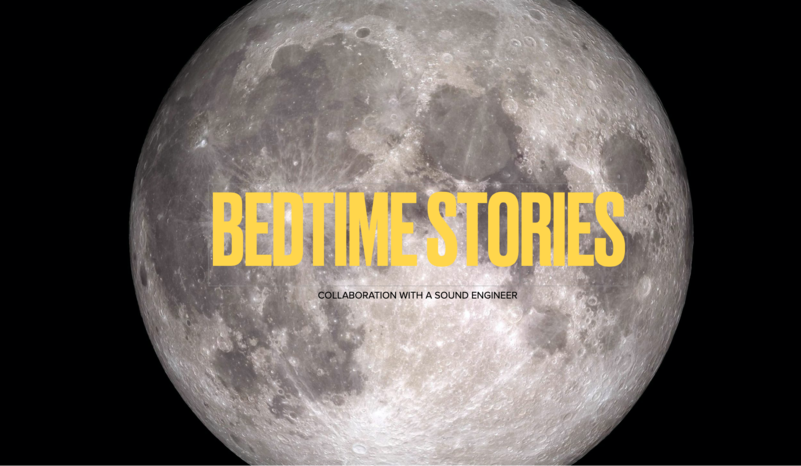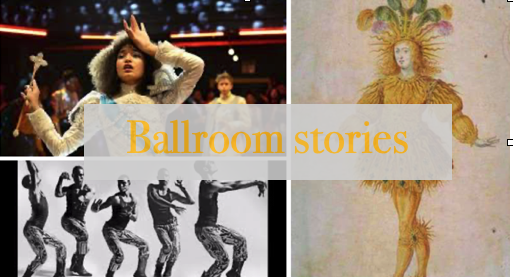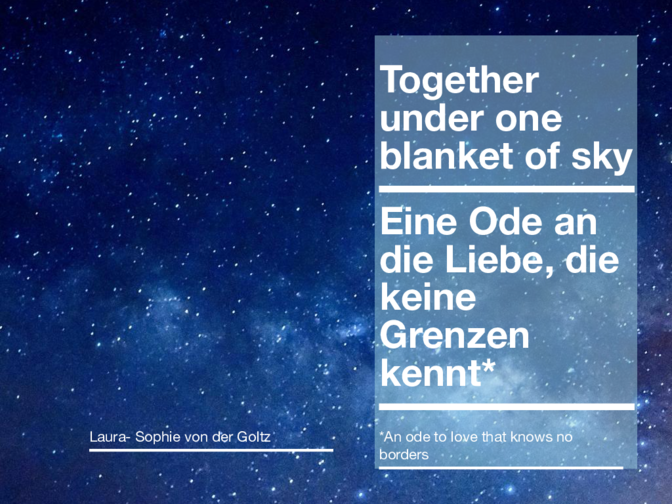Master proposal
Music curating, performances and connectedness within community
Laura Sophie von der Goltz
Royal Conservatory The Hague
Master New Audiences and Innovative Performance Practice Kathryn Cok
10. Februar 2021
Personal motivation
Representation, Diversity, Connection
My personal motivation for this research is that, as a performing early music violin player I have often struggled with the fact, that many people of my generation, my personal friend circle and sometimes even me myself didn’t feel included or addressed as target audience of the concerts in which I was playing.
I would like to create events, where classical and early music are displayed in a way that speaks to, and is inviting a divers contemporary audience.
Learning about how I, as a performer, can connect with an audience is one of my wishes. As I am not exclusively playing early music, I had the chance to play and experience music in different contexts. I played J.H.Bieber in nightclubs and Tartini in a cafe. In Capoeira, an Afro-Brazilian cultural practice that consists of music, movement such as dance and fight, music functions as a tool of inclusion and an energy generator. Energy that is created and experienced together as a group our comunity. This energy, which I also experienced in different ways in different contexts, is something that always interested me and that I am searching for in my performances.
Research question
How can music curating and performing influence connectedness within community?
Trying to answer this question, I aim to investigate and reflect on the way how music is displayed, programmed, performed, presented, briefly: curated.
I hope to not just find answers on to what extend the aspect of the setting of an communal music experience influences the connectedness within an audience and performer. Furthermore I would like to find options and some examples how this can be done.
Related questions:
What is music curating?
How do people connect with music?
How do people connect through music?
How can musicians connect with an audiences?
What is ASMR and what do people find in it? How can I translate some of these concepts and qualities into a musical recording?
The French on vogue - French baroque court and for example the 1980 NY ballroom culture, what do they have in common?
„A ball is the very word — whatever you want to be, you be“ this is a quote from the famous docu $mentary „Paris is burning“
But talking about Paris, let’s think about the court of Louis XIV: Costumes, makeup, dance, gestures and last but not least a brother going to battlefield in women clothes. I want to explore the connection between these worlds in dance and music. I want to invite to a fantastic, glamorous, emotional time travel of human rebellion against conventions, binary and external control and the desire to put yourself in the limelight, self-de-terminated for the moment being.
Window-seat - Travelling by train was always something that I liked and that fascinated me. The moment between home and the destination. Standstill in motion. Changing scenes, changing focus, in front of and behind the eye. This miniature focuses on video material taken from the window view of several train travels. The visuals function as inspiration and almost like a score, regarding rhythmical structure for improvised music whilst the harmonic material is taken from classical music. How can I use classical music compositions to express a sentimental atmosphere rather than reproducing a piece?




